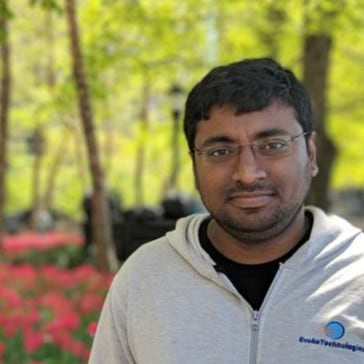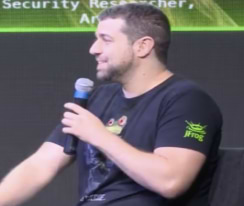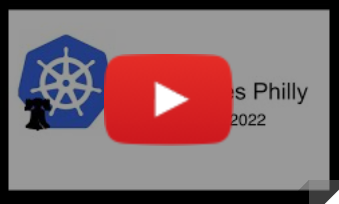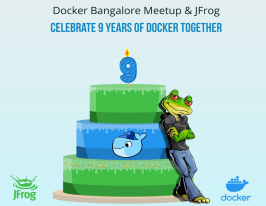Who broke the build? Using Kuttl to improve E2E testing and release faster | Atlassian Unleash 2023
By Ram Mohan Rao Chukka, Software Developer, JFrog
February 15, 2023
< 1 min read
Who broke the build? Using Kuttl to improve E2E testing and release faster | Atlassian Unleash 2023
No one wants to be responsible for breaking the build. As a developer, what can you do to avoid being the one at fault? How can project leads enable their teams to reduce the occurrence of broken builds? In this session, the team at JFrog will discuss how they use Kuttl to easily configure a dev environment locally that accurately matches the final test environment. You’ll learn why they decided to rethink their approach and what led them to Kuttl; the benefits of their new testing approach; and how they combine Kuttl and CI pipelines for more streamlined testing and fewer broken builds. Speaker: Ram Mohan Rao Chukka, Software Developer, JFrog







